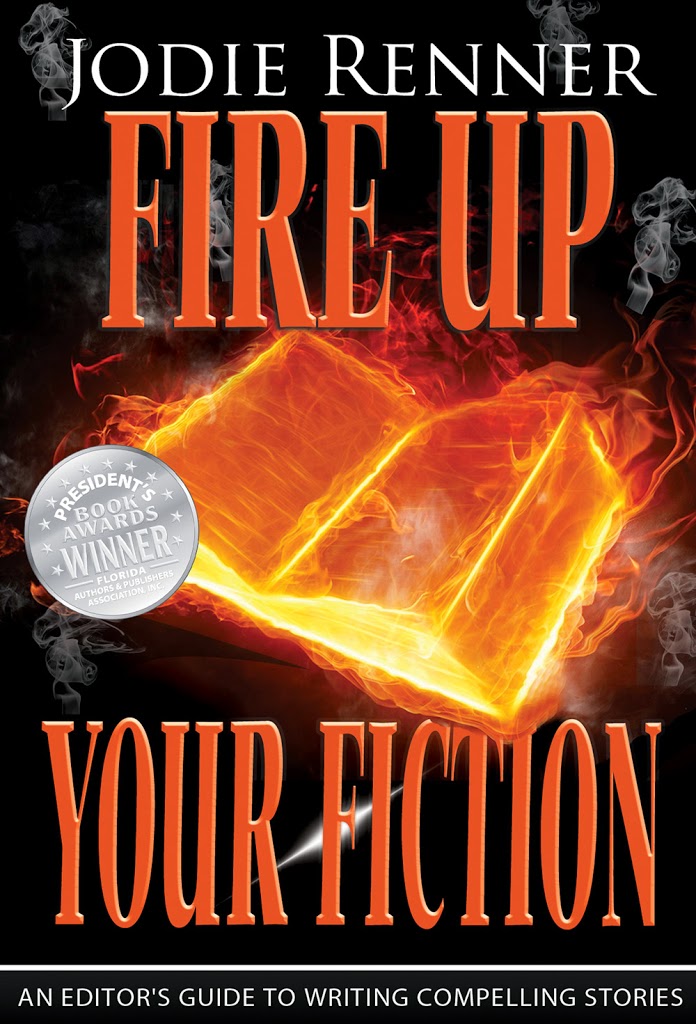by Joe Moore
A huge Happy New Year to all my TKZ friends and blogmates. May 2014 be the best year ever for all of you.
Back in June of 2012, I posted a TKZ blog called Magic Words and how using them can be one of the best methods for kick starting your story ideas. The words are: “What If”. I’m sure that almost every story written probably started with those two words. What better way to get the juices flowing than to start with what if? I consider this a “story level” technique.
Today I want to suggest a “chapter level” exercise. Four words that can help create tension, suspense, conflict, and character-building. They are: “What Can Go Wrong?”
As you’re about to start a new chapter, even if you know what needs to happen, pause for a moment and ask yourself what can go wrong in this scene. Chances are, whatever answer you come up with will give you the opportunity to ratchet up the suspense and thereby keep the reader’s interest. Here’s a recent example of how I used this technique.
In my latest thriller THE SHIELD (co-written with Lynn Sholes) I was to draft a chapter in which my protagonist, her ex-husband, and a Russian colonel who had taken them prisoner, were flying in a 2-engine prop plane from Port Sudan inland across the Nubian Desert to a secret military facility. The outline which Lynn and I constructed about a year ago called for this journey from point A to point B. The only purpose of the chapter was to get to point B, the secret military facility. If I had drafted the chapter sticking strictly to the outline with the flight comprising of light banter between the three and the mention of a few landmarks passing below, it would have been short and dull, almost surely unneeded. The reader would have skipped through it to get to the “good stuff”.
So before I began, I asked myself what can go wrong in this scene that would lift the suspense and conflict, and even give me an opportunity to build character. My answer: what is the worst thing that can happen to an airplane? It crashes. Why would it crash? Well, that area of North Africa is known to be a dangerous place with anti-government rebel and al-Qaeda training camps. So what causes the crash? It’s shot down by shoulder-fired rockets from a rebel encampment.
Keep in mind that the outline calls for the three to get from point A to point B. This is the beauty of outlining: you can still reach your goal but taking an interesting detour can improve the story.
To increase the tension—although the three manage to survive the crash—the rebels are now coming after them. And how about the character-building aspect. My protagonist manages to save the life of her Russian captor when she could have easily left him behind to burn up in the wreckage.
In asking what can go wrong, I managed to turn one chapter into three, prolong the conflict, build character, and still fulfill the plot outline by getting all three to their destination.
As writers, whether we write by the seat of our pants or create a solid outline first, we must never pass up an opportunity to improve our stories. Asking what can go wrong often helps.
How about my friends at TKZ—ever use this or similar techniques in story building? After all, what can go wrong?


 Guide to Character Emotion
Guide to Character Emotion


![[Writing-a-Killer-Thriller_May-13_120%255B2%255D.jpg]](https://killzoneblog.com/wp-content/uploads/2013/10/Writing-a-Killer-Thriller_May-13_120-25255B2-25255D-189x300.jpg)



